| Weight | 1 lbs |
|---|---|
| Dimensions | 9 × 5 × 2 in |
| host | rabbit |
| isotype | IgG |
| clonality | polyclonal |
| concentration | 1 mg/mL |
| applications | ICC/IF, WB |
| reactivity | FLIPγ/δ (CT) |
| available sizes | 100 µg |
rabbit anti-FLIP (CT) polyclonal antibody 2874
$445.00
Antibody summary
- Rabbit polyclonal to FLIP (CT)
- Suitable for: ELISA,WB,ICC,IF
- Isotype: IgG
- 100 µg
rabbit anti-FLIP (CT) polyclonal antibody 2874
| antibody |
|---|
| Tested applications WB,ICC/IF,ELISA |
| Recommended dilutions Immunoblotting : use at 1ug/mL. Immunocytochemistry: use at 2ug/mL. Positive control: Whole cell lysate from HeLa, Jurkat,THP-1, A431, K562, or NIH3T3 cells. These are recommended concentrations. Enduser should determine optimal concentrations for their applications. |
| Immunogen Peptide corresponding to aa 191-209 at the C-terminus of human FLIPdelta/FLIPS form (accession no. AAC51623). |
| Size and concentration 100µg and lot specific |
| Form liquid |
| Storage Instructions This antibody is stable for at least one (1) year at -20°C. Avoid multiple freeze-thaw cycles. |
| Storage buffer PBS, pH 7.4. |
| Purity peptide affinity purification |
| Clonality polyclonal |
| Isotype IgG |
| Compatible secondaries goat anti-rabbit IgG, H&L chain specific, peroxidase conjugated, conjugated polyclonal antibody 9512 goat anti-rabbit IgG, H&L chain specific, biotin conjugated polyclonal antibody 2079 goat anti-rabbit IgG, H&L chain specific, FITC conjugated polyclonal antibody 7863 goat anti-rabbit IgG, H&L chain specific, Cross Absorbed polyclonal antibody 2371 goat anti-rabbit IgG, H&L chain specific, biotin conjugated polyclonal antibody, crossabsorbed 1715 goat anti-rabbit IgG, H&L chain specific, FITC conjugated polyclonal antibody, crossabsorbed 1720 |
| Isotype control Rabbit polyclonal - Isotype Control |
| target relevance |
|---|
| Protein names CASP8 and FADD-like apoptosis regulator (Caspase homolog) (CASH) (Caspase-eight-related protein) (Casper) (Caspase-like apoptosis regulatory protein) (CLARP) (Cellular FLICE-like inhibitory protein) (c-FLIP) (FADD-like antiapoptotic molecule 1) (FLAME-1) (Inhibitor of FLICE) (I-FLICE) (MACH-related inducer of toxicity) (MRIT) (Usurpin) [Cleaved into: CASP8 and FADD-like apoptosis regulator subunit p43; CASP8 and FADD-like apoptosis regulator subunit p12] |
| Gene names CFLAR,CFLAR CASH CASP8AP1 CLARP MRIT |
| Protein family Peptidase C14A family |
| Mass 55344Da |
| Function FUNCTION: Apoptosis regulator protein which may function as a crucial link between cell survival and cell death pathways in mammalian cells. Acts as an inhibitor of TNFRSF6 mediated apoptosis. A proteolytic fragment (p43) is likely retained in the death-inducing signaling complex (DISC) thereby blocking further recruitment and processing of caspase-8 at the complex. Full length and shorter isoforms have been shown either to induce apoptosis or to reduce TNFRSF-triggered apoptosis. Lacks enzymatic (caspase) activity. {ECO:0000269|PubMed:9880531}. |
| Tissues TISSUE SPECIFICITY: Widely expressed. Higher expression in skeletal muscle, pancreas, heart, kidney, placenta, and peripheral blood leukocytes. Also detected in diverse cell lines. Isoform 8 is predominantly expressed in testis and skeletal muscle. |
| Structure SUBUNIT: TNFRSF6 stimulation triggers recruitment to the death-inducing signaling complex (DISC) formed by TNFRSF6, FADD and CASP8 (PubMed:9880531). A proteolytic fragment (p43) stays associated with the DISC (PubMed:9880531). Also interacts with FADD, CASP8, CASP3, TRAF1, TRAF2 and Bcl-X(L) (in vitro) (PubMed:9208847, PubMed:9326610). Interacts with RIPK1 (By similarity) (PubMed:9208847, PubMed:9326610, PubMed:9880531). {ECO:0000250|UniProtKB:O35732, ECO:0000269|PubMed:9208847, ECO:0000269|PubMed:9326610, ECO:0000269|PubMed:9880531}.; SUBUNIT: (Microbial infection) Interacts with HBV protein X. {ECO:0000269|PubMed:12727877}. |
| Post-translational modification PTM: Proteolytically processed by CASP8 generating subunit p43 and p12. {ECO:0000269|PubMed:9228018}. |
| Domain DOMAIN: The caspase domain lacks the active site residues involved in catalysis. |
| Target Relevance information above includes information from UniProt accession: O15519 |
| The UniProt Consortium |
Data
Publications
| pmid | title | authors | citation |
|---|---|---|---|
| We haven't added any publications to our database yet. | |||
Protocols
| relevant to this product |
|---|
| Western blot IHC ICC |
Documents
| # | SDS | Certificate | |
|---|---|---|---|
| Please enter your product and batch number here to retrieve product datasheet, SDS, and QC information. | |||
Only logged in customers who have purchased this product may leave a review.
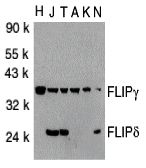


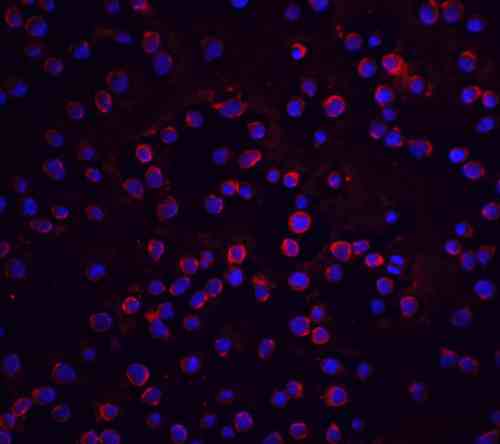
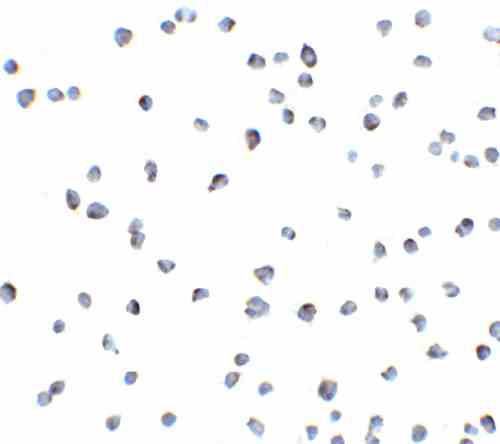



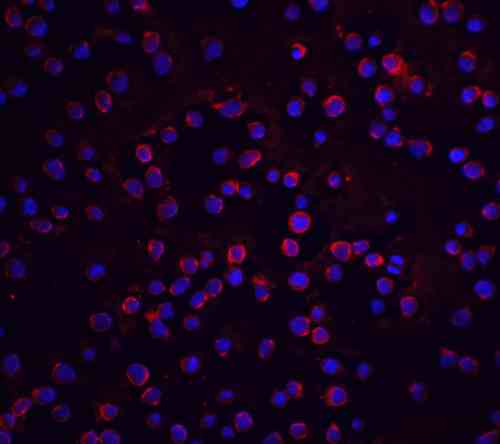


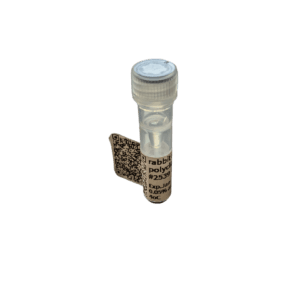



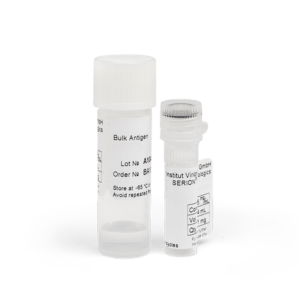
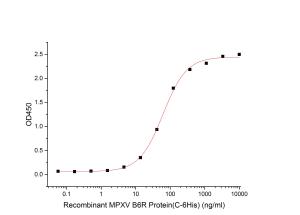
Reviews
There are no reviews yet.